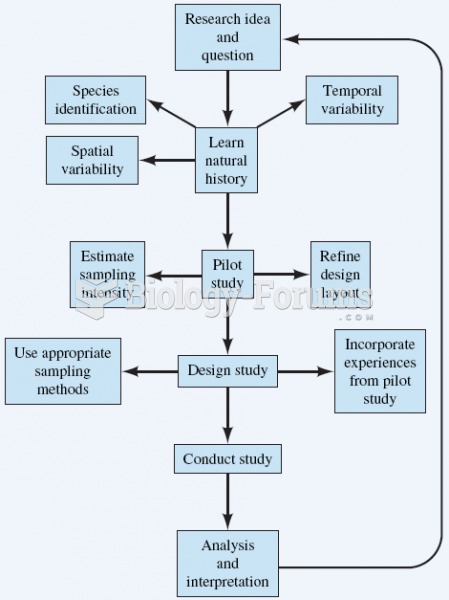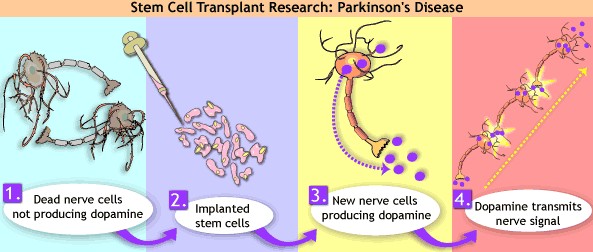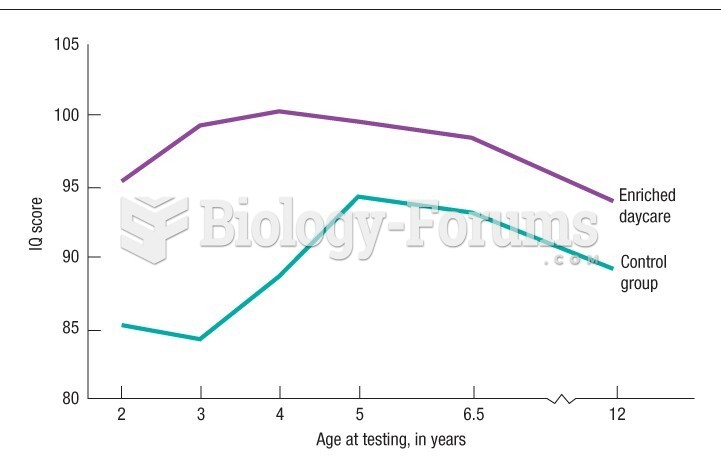Answer to Question 1
ANS: A, C, D
Pretest-posttest with a removed treatment is basically a one-group pretest-posttest design. Then the treatment is removed, followed by another measure of the dependent variable. The treatment may again be added, followed by another measure of the dependent variable, in which case this is called a repeated reversal approach. The periods between measures must be equivalent. Mixed methods research is characterized as research that contains elements of both qualitative and quantitative approaches. Grounded theory is congruent with, and its philosophy is derived from the theories of, symbolic interactionism. In a model-testing design, the accuracy of a hypothesized causal model is tested using both linear and multiple regression to differentiate variables that contribute from those which do not. A large, heterogeneous sample is required. All the paths expressing relationships between concepts are identified, and a conceptual map is developed.
Answer to Question 2
ANS: A, C, E, F
The rationale for using a design in which subjects act as their own controls is that whatever is being measured varies quite a bit between persons, and the researcher is more interested in showing a change in the subjects than producing a given number value; because of this, a separate control group makes little sense. Examples of this are pain, nausea, and panic. If subjects act as their own controls, they must be measured at least once in the control condition and at least once in the experimental condition. Experimental research requires a separate control group; some quasi-experimental research allows subjects to act as their own controls. Correlational and descriptive research does not use controlsit uses comparison subjects. Quasi-experimental research is interventional.







